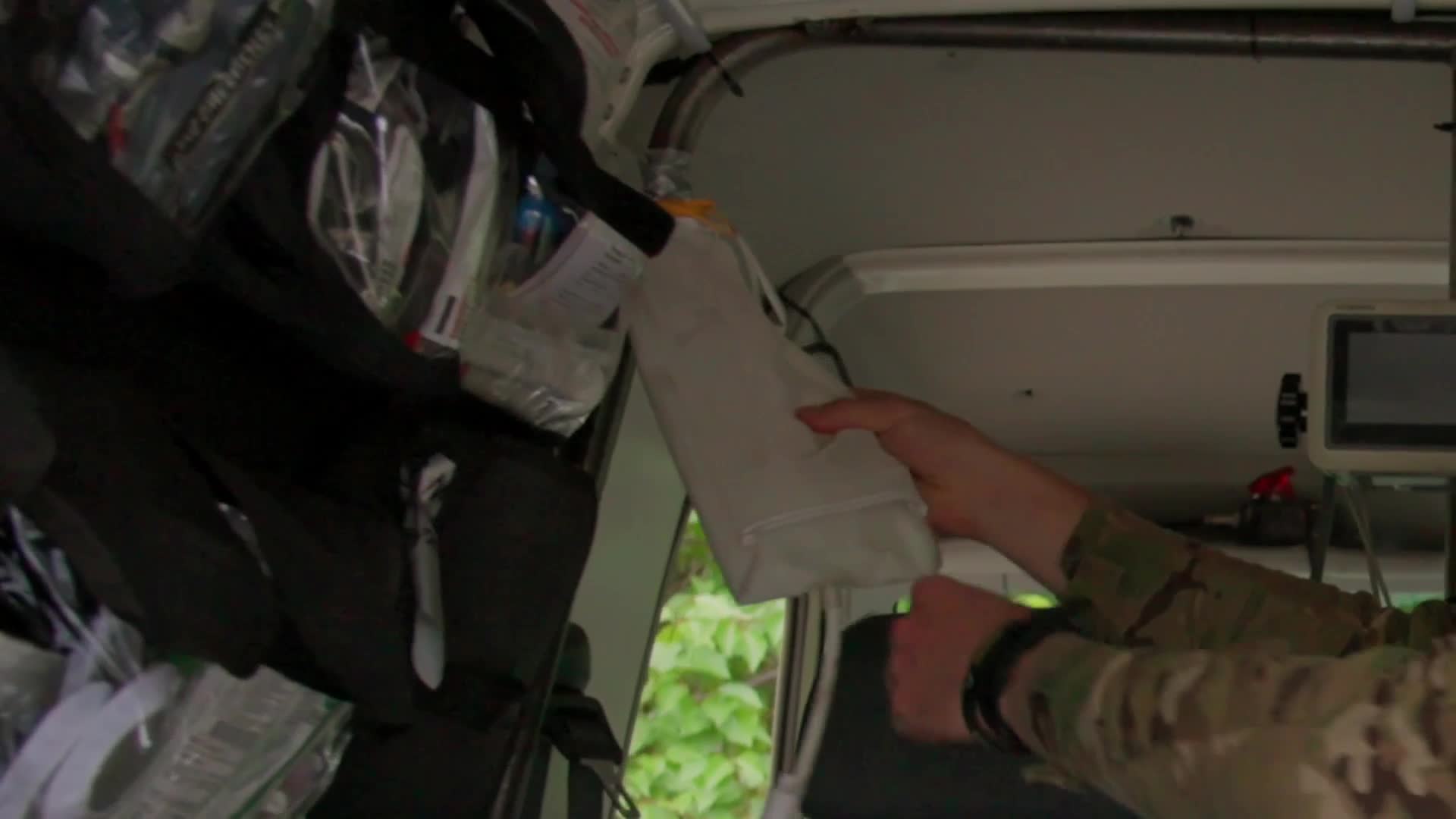On Ukraine's front lines, where Russian drones hunt from above and ambulances can't survive the journey, the "golden hour" of battlefield medicine — the 60-minute window to get the wounded to advanced care — is gone.
"There is no such term in our war," says an anesthesiologist with Ukraine's Azov Brigade. In some cases, wounded soldiers have waited not hours, but days — or even weeks — for evacuation.
To adapt, Azov's elite medics are reengineering how war medicine works. Their innovations include drone-delivered blood, battlefield transfusions performed in trenches, and rugged 4x4s turned into stealth medevacs.
Their first success came in a desperate moment: a soldier, hit in the neck by shrapnel, was bleeding out in a trench. Evacuation efforts had failed. Russian hunter-killer drones prowled the skies, destroying vehicles and blocking rescue attempts.
Azov's lead medical officer, call sign Rina, proposed a radical idea: send blood by drone directly to a medic on the front line.
IN CASE YOU MISSED IT | Operation Spider Web: How Ukraine rewrote the rules of drone warfare
"It was the first time we tried it," she recalls. "We packed it so it wouldn't break." The transfusion was performed in the trench. Once night fell, the soldier was safely evacuated and survived. He's now in rehab and expected to return to duty.
"It's my main project in life," says Rina. "We started a few months ago because logistics is paralyzed."
Every drone mission carries a risk. Delivering blood could reveal troop positions to the enemy. But the team weighs that danger against the value of a life.
"If it's worth the risk," says Rina, "we go."
Azov medics now use tricked-out Toyota Land Cruisers — fast, maneuverable, and equipped with oxygen, ventilators, and blood warmers. Ambulances are too slow, too obvious. Even a red cross can draw fire.
"Sometimes," says frontline driver Ryder, "we carry extra blood, not for the wounded, but for ourselves."
His partner, Brenik, explains the mindset: "When we have injuries, we work. We don't think about the danger. We can't."
From drone pilots once trained to kill, to combat medics now delivering blood by stealth aircraft, Ukraine is reshaping battlefield medicine out of necessity.
The golden hour may be dead, but innovation is giving the wounded a new chance to survive.




